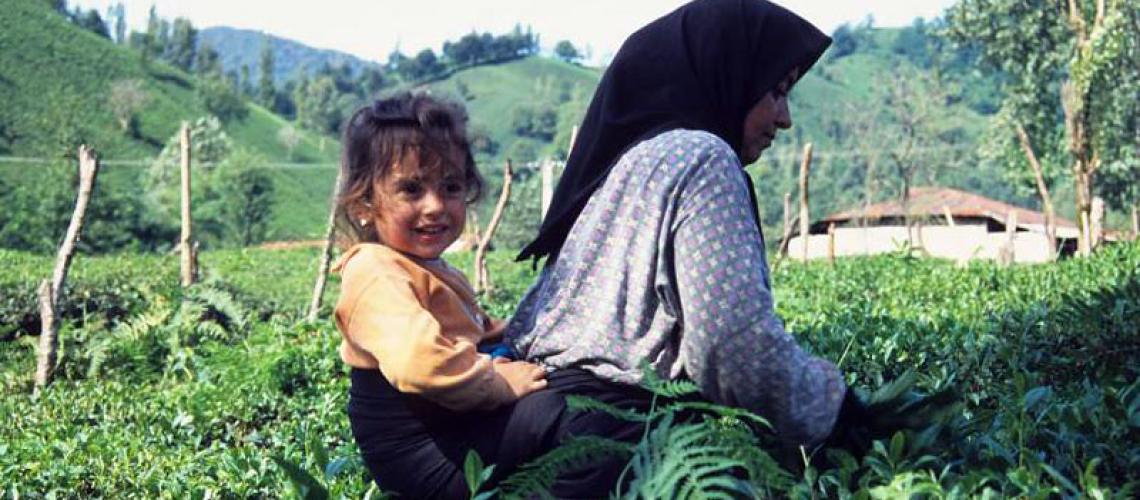
The devastating floods that affected the Islamic Republic of Iran in March-April 2019, displacing almost 300,000 people and causing damages to agricultural land, housing and infrastructure estimated at around US$2.5 billion, have been a turning point in the national discourse, shifting priority to disaster risk reduction over disaster response. The concept of risk informed development has become central to the preparation of the 7th National Development Plan.
Iran, the second largest economy in the region and the second largest population with 78.8 million people, is disaster-prone. Dsasters have a particularly severe impact on the 10 million people living below the national poverty line and the additional 15 million living just above this poverty line. The socio-economic pressure they face is exacerbated by the impact of the sanctions making them increasingly vulnerable in the face of disasters.
On 23-26 February the CADRI Partnership deployed a multi-disciplinary team of experts from FAO, UNDP, UNICEF and UNFPA, with remote support from UNDRR, to support the UN Country Team in developing a coherent and impactful DRR programming framework under the UNDAF, and to respond to a government request to provide inputs to the development of the draft national DRR strategy.
The CADRI mission team facilitated consultations with a range of government agencies, research institutes, the Iran Red Crescent Society and the UN Disaster Management Team to identify targeted capacity development interventions where the UN System can add most value to support the shift from a response-centered system to risk-informed planning. Four priority areas were identified ranging from strengthening vulnerability analysis to advancing risk informed planning at municipality level and creating a conducive environment to community-based DRR.
